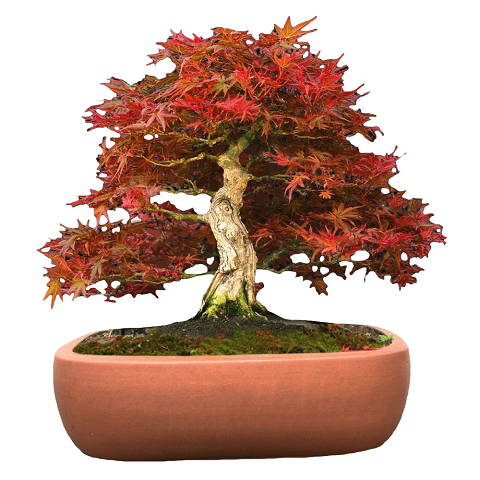
Also known as the flame tree or flamboyant, is a tropical flowering tree in the bean family. Known best for its lush and striking summer blooms in a brilliant orange-red, this Madagascar native has green fern-like leaves that are equally attractive as showy flowers. The foliage is mostly evergreen. Parts of the tree, like leaves, flowers, seeds, and bark have a variety of medicinal uses. Delonix regia seed oil and seed gum are used in commercial food production. The wood is used as construction timber and also made into charcoal.
Also known as blue jacaranda or black poui, is a sub-tropical tree grown for its attractive blooms. It is native to south-central South America but has been planted in many other countries in areas that don’t experience frost. Mature trees can handle the cold for short times and young trees often rebound if the root system is left intact. Fern tree is most often grown for its masses of fragrant, trumpetshaped blue flowers. It is used as a shade tree or street tree and often as an ornamental. Jacaranda is very resistant to pests and diseases.
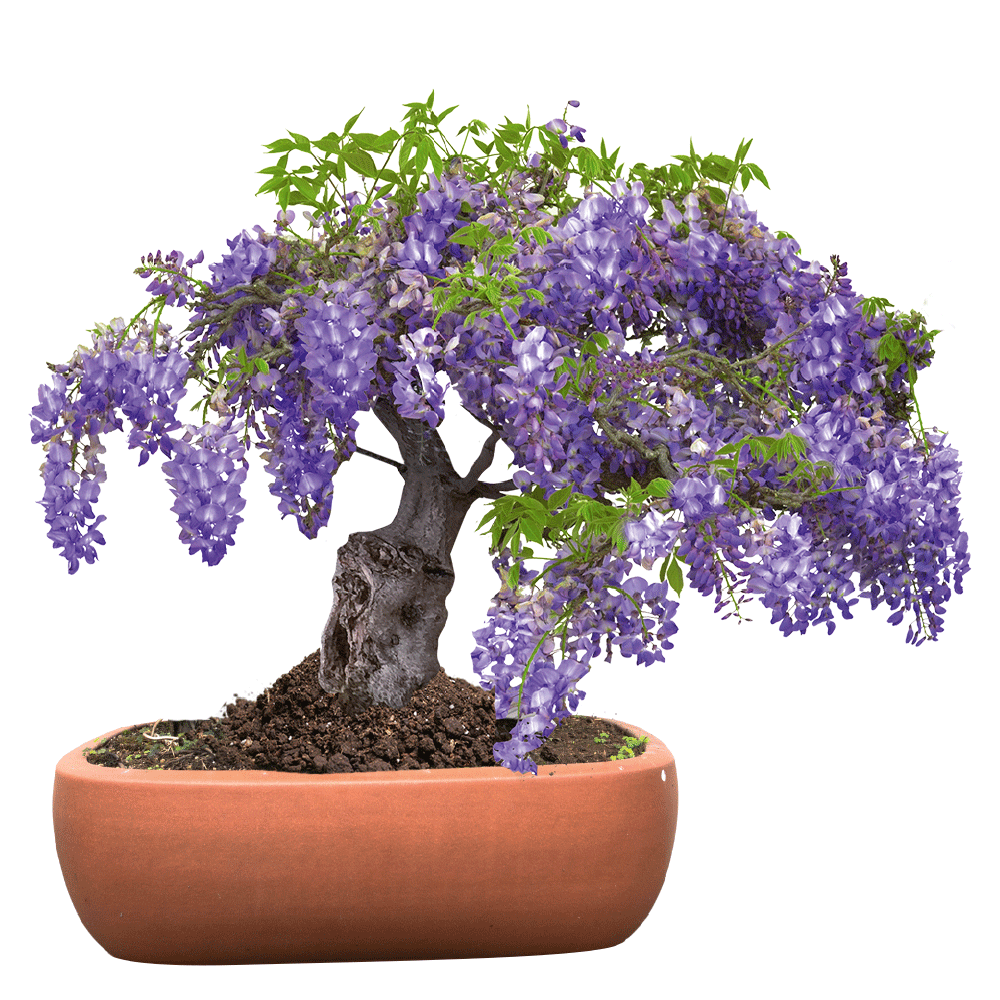

Also known as blue jacaranda or black poui, is a sub-tropical tree grown for its attractive blooms. It is native to south-central South America but has been planted in many other countries in areas that don’t experience frost. Mature trees can handle the cold for short times and young trees often rebound if the root system is left intact. Fern tree is most often grown for its masses of fragrant, trumpetshaped blue flowers. It is used as a shade tree or street tree and often as an ornamental. Jacaranda is very resistant to pests and diseases.
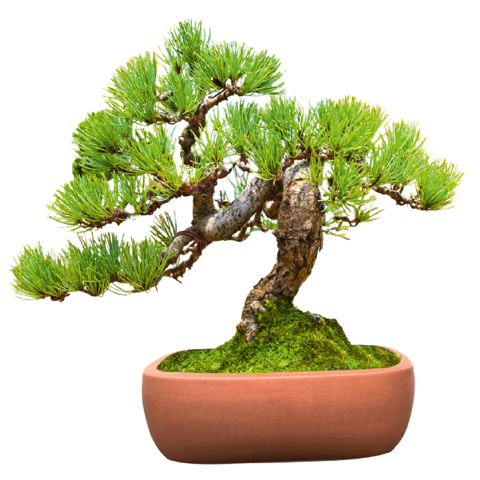
Also called Rocky Mountain bristlecone pine, is a U.S. native, growing in the Colorado Rocky Mountains and northern New Mexico. Limited populations of this bristlecone pine grow in Arizona and in the Kaibab National Forest. It is a coniferous evergreen, also called foxtail or hickory pine. When cultivated domestically, Pinus aristata can live up to 100 years. In the wild, it is one of the longest living trees on the planet, with the oldest known individual estimated to be around 2,500 years old.
Is commonly known as Norway spruce. This large pyramidal conifer prefers cooler temperatures and it won't grow in areas south of the USDA Hardiness zone 7. It is native to the northern and central parts of Europe. Norway spruce is the original Christmas tree and it’s a fast grower.
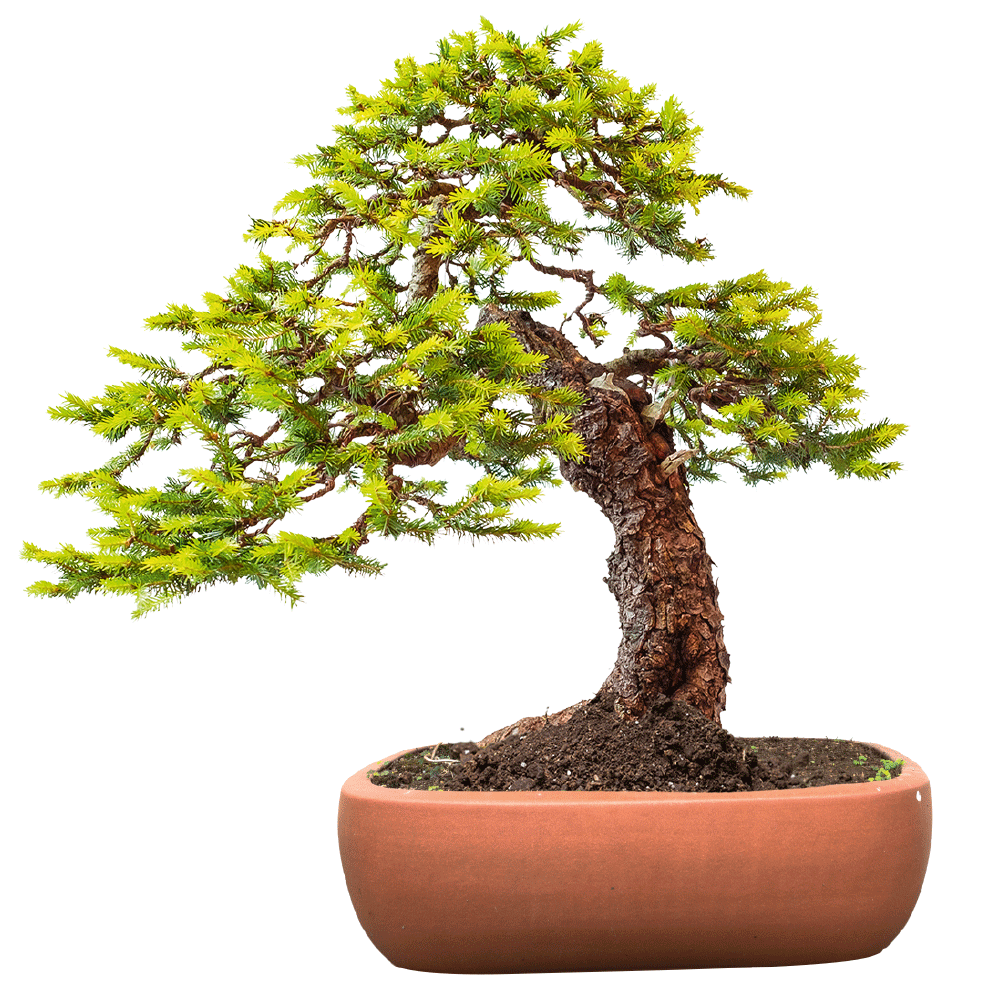

Is commonly known as Norway spruce. This large pyramidal conifer prefers cooler temperatures and it won't grow in areas south of the USDA Hardiness zone 7. It is native to the northern and central parts of Europe. Norway spruce is the original Christmas tree and it’s a fast grower.
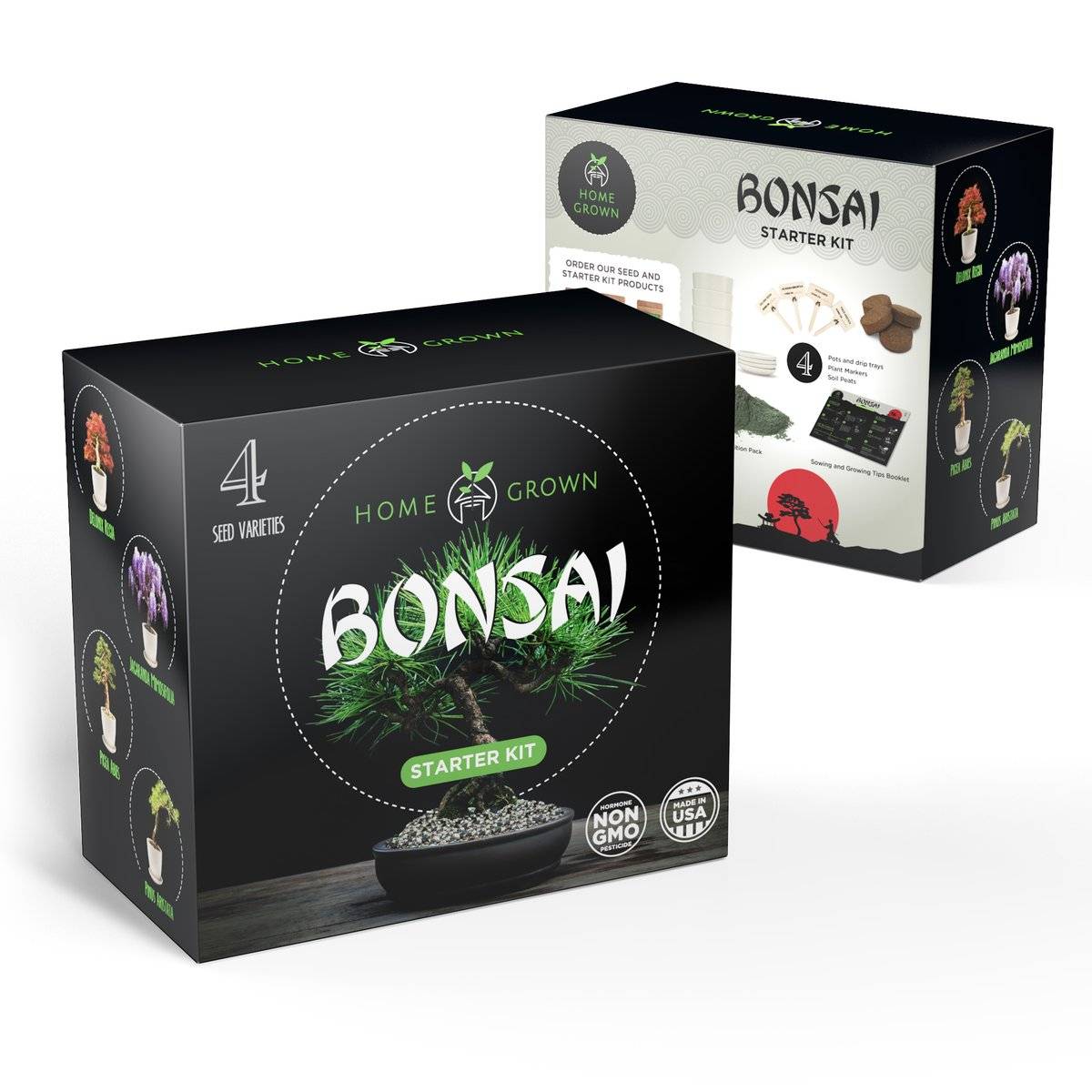
1) Four Seeds Packet
2) Two Peat Pellets
3) Four Pots and Drip Trays
4) Kelp Nutrition Pack and Perlite Pouch
1. Using a nail file or sandpaper, gently scratch the seed coat. This will increase the germination process.
2. Soak the seeds in room-temperature water for 16-24 hours.
3. Consider setting an alarm to stay on top of soaking time as this can cause the seeds to rot.

Using a large bowl, soak all peat pellets in warm water with the ratio of 1 pellet to ¾ cup of warm water. Wait 15-20 minutes until peat pellets loosen and expand 4-5 times their size. The soil should be damp, but not dripping wet.

Mix the whole nutrition and perlite pack thoroughly into the soil.
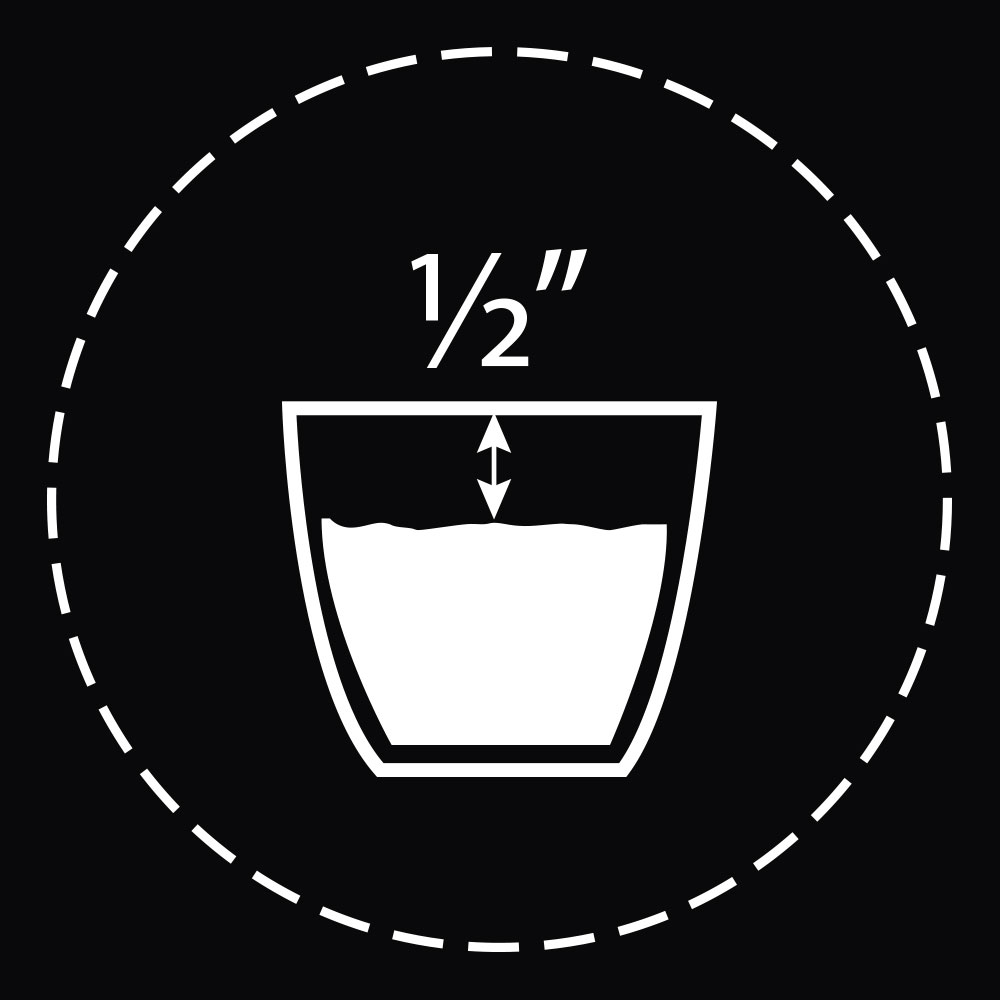
Transfer the soil mixture into the pots, leaving up to 1/2” from the top. Set aside leftover soil for later use. This soil will be used to cover the seeds.
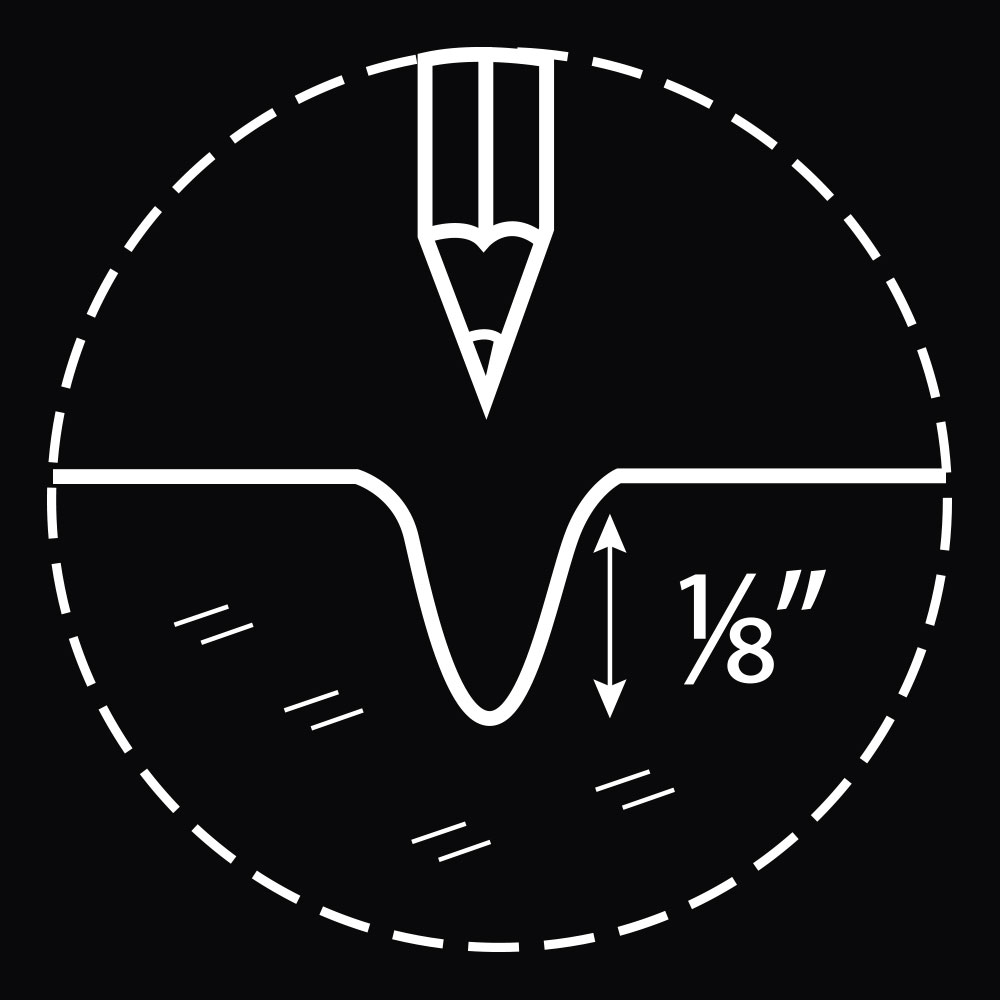
Press the soil in the pots slightly with your finger or pencil to make 2-3 holes, 1/8” deep. Place one seed in each hole.

Sow only one seed type per pot. Cover each seed with a thin layer of soil that you set aside.
Optional, but recommended: Cover each pot with plastic wrap, but remove it once a day to give seeds required ventilation.

Keep your pots in a place with good air circulation, and moderate, but indirect light. Keep the soil at a temperature of 70-80°F. (If needed, use a heating mat). Keep the soil moist, but avoid overwatering. In optimal conditions, seed will germinate in 2-4 weeks.